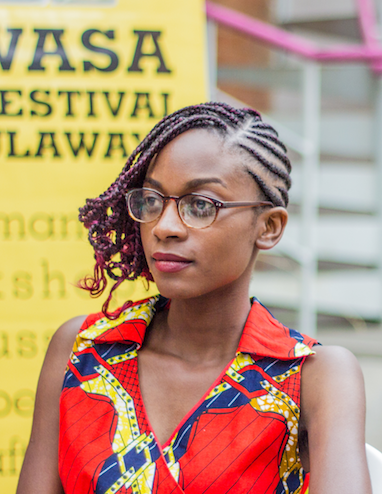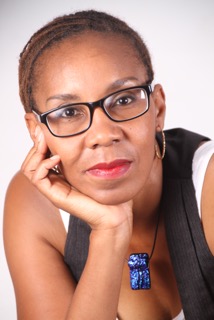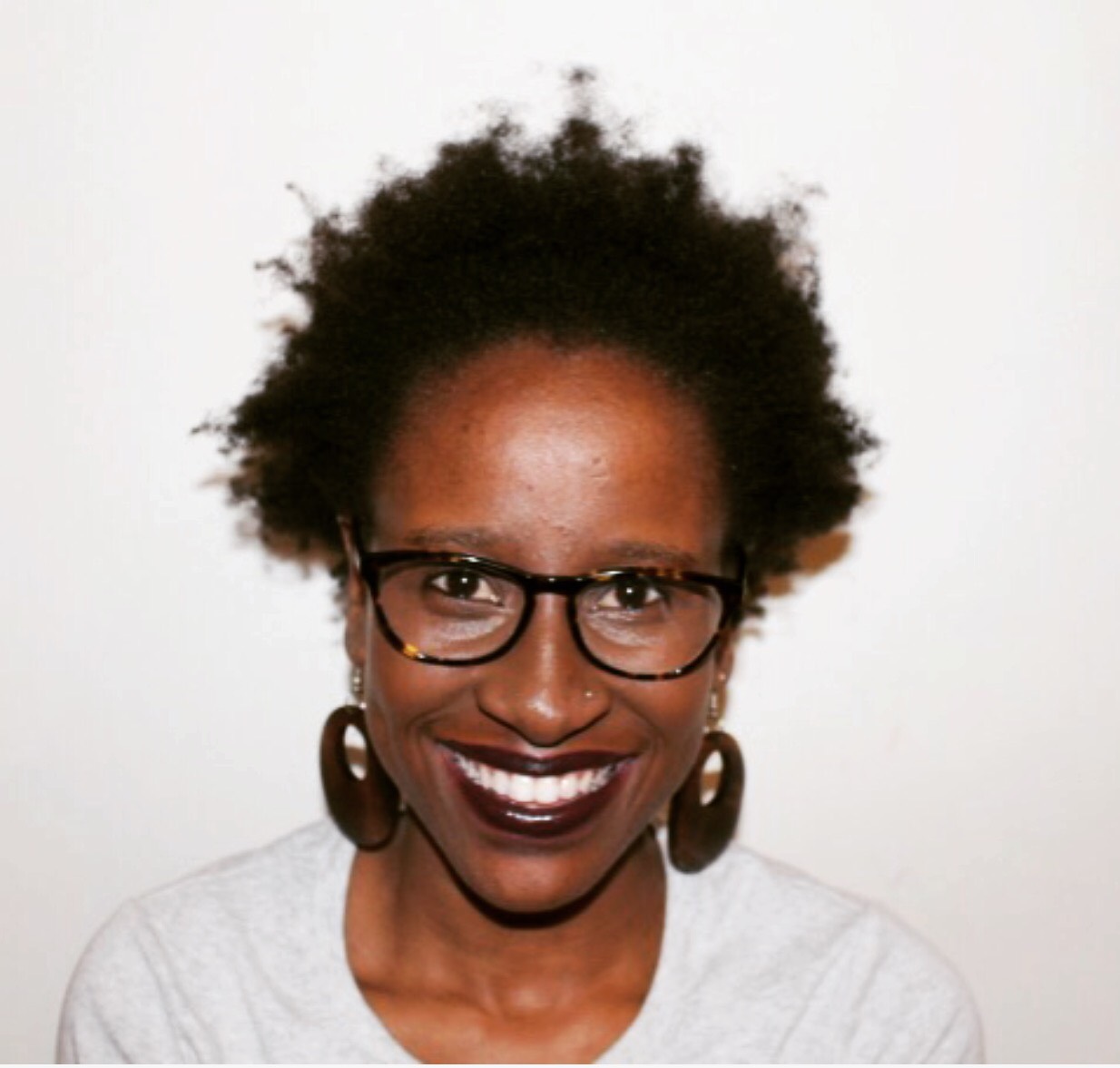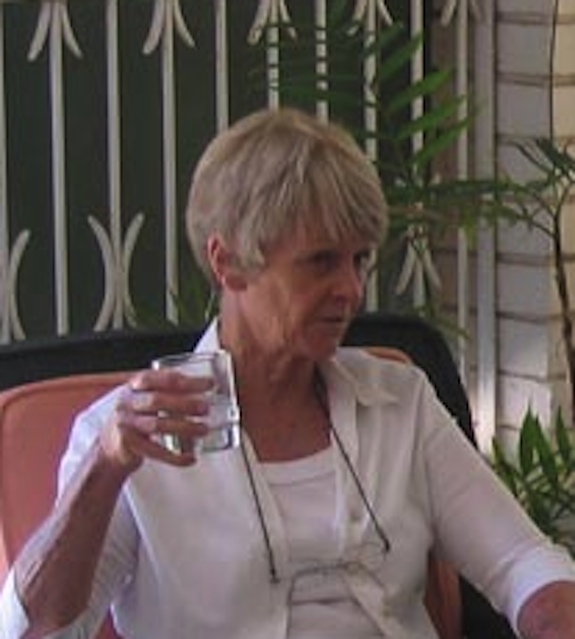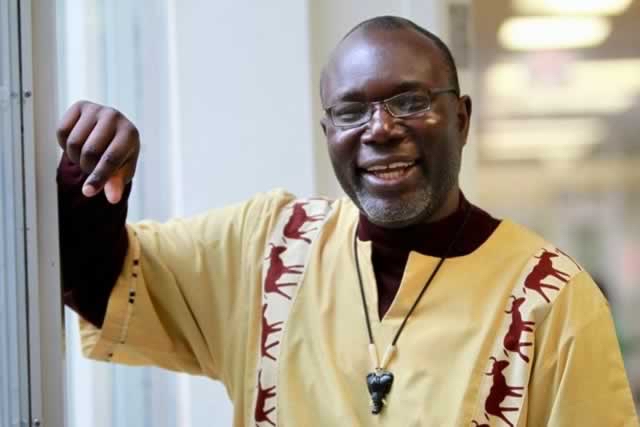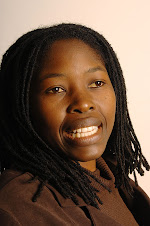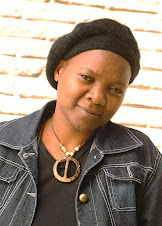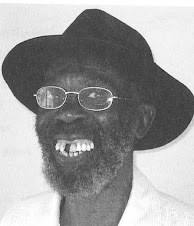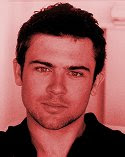Zimbabwean writer Bryony
Rheam has been selected as one of the 5 new Morland Writing Scholars for 2017.
There were a record 550 entries from writers from across Africa, which was
reduced to a shortlist of 21 before the final 5 were chosen by the judges on
the basis of a book proposal and a sample of their writing. One of those
chosen, Eritrea's Alemseged Tesfai, plans to write a history of Eritrea, the
other four, - Bryony, South Africa's Fatima Kola and Nigeria's Elnathan John
and Eloghosa Osunde - are to produce novels. Bryony Rheam is to write an
historical crime fiction featuring a psychiatric hospital in Bulawayo, in which
she will explore the treatment of those suffering mental illness and the
complex dynamics of power, colonial society and migration.
The Miles Morland
Foundation’s main aim is to support entities in Africa which allow Africans to
get their voices better heard. It is particularly interested in supporting
African writing and African literature.
Bryony Rheam's debut novel This September Sun, published by amaBooks, won 'Best First Book' at the Zimbabwe Book Publishers Awards and was chosen as a set text for 'A' level Literature in English for Zimbabwe schools. The novel was subsequently published in Kenya and in the United Kingdom, where it topped the Amazon UK sales charts as an e-book. Bryony has had many short stories published, including most recently in Moving On and Other Zimbabwean Stories. She is also a winner of the international 'Write your own Christie' writing competition and her second novel All Come to Dust, a murder mystery set in Bulawayo, is to be published in 2018 by amaBooks.
Amongst previous writers selected for the Morland Scholarships is Zimbabwean writer Percy Zvomuya for his planned biography of Robert Mugabe.
The judges for this year
were Zimbabwean Ellah Wakatama Allfrey, the Chair, accompanied by Olufemi Terry
and Muthoni Garland. Below are Ellah’s comments on the new Scholars.
"In this 5th year of
the Morland Writing Scholarships it was hugely gratifying to see such an
upswing in the number of submissions. We considered a 21 person shortlist with
applicants from nine African countries. We were delighted by the range in
choice of subject and approach and deeply impressed by the writing skill and
ambition this shortlist represented.
We focused on the potential
each application promised. Faced with excellence on all fronts, we found
ourselves focused on several key questions. Is this a book that will achieve
publication and find readers across the continent and beyond? Does the subject
matter feel urgent and necessary? Has the author found the best form for the
telling of this story? Does the submission show innovation and ambition?
This is an exhilarating list that
bears witness to a wide range of thematic concerns and one that illustrates the
ambition and promise of several generations of writers. We wish the scholars a
busy and productive year."















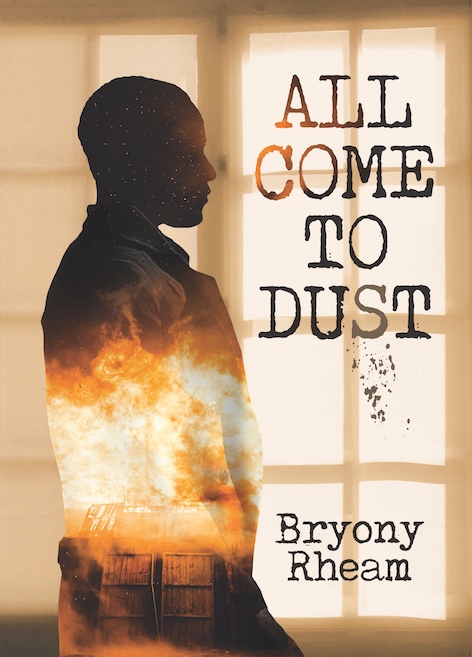
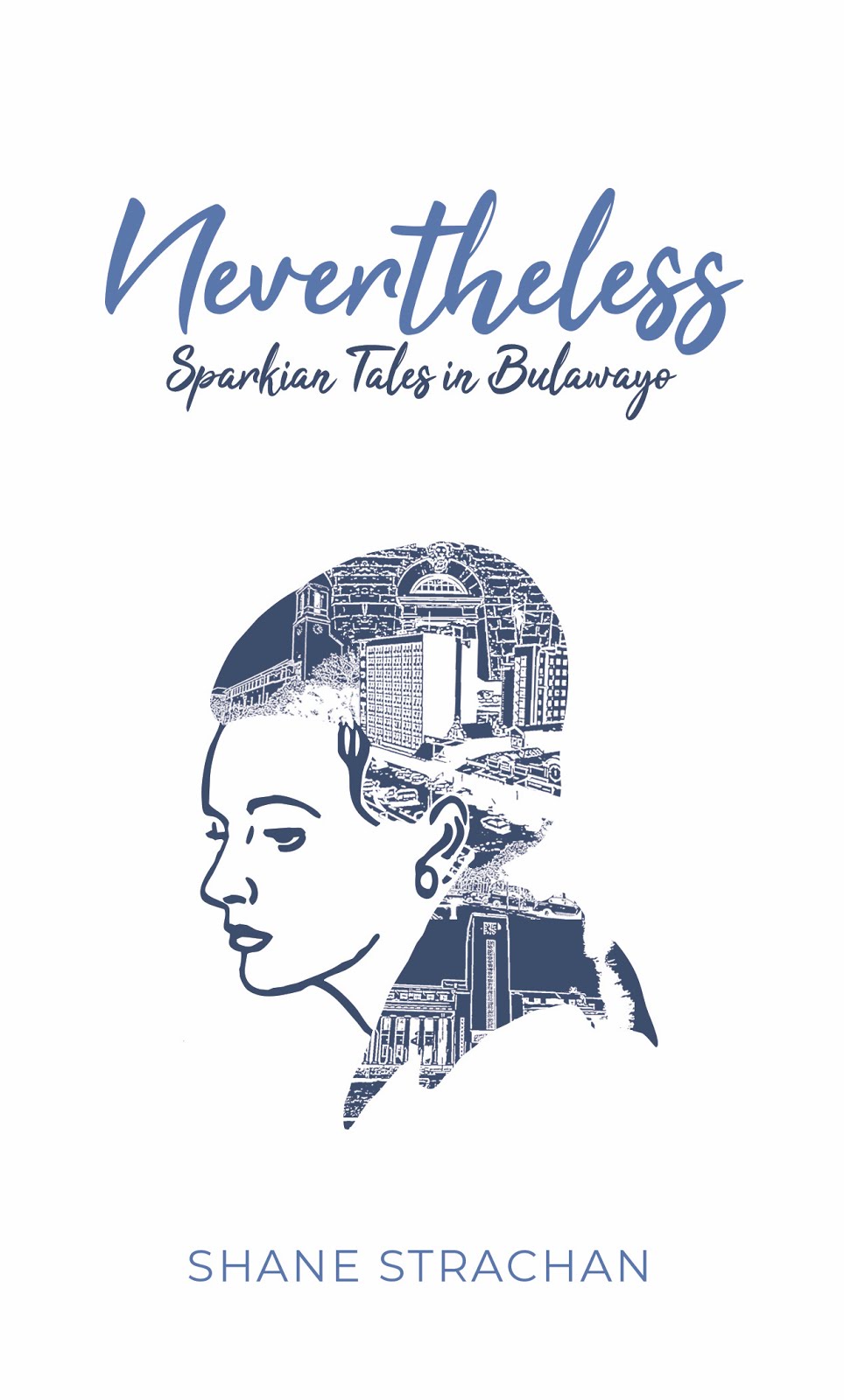



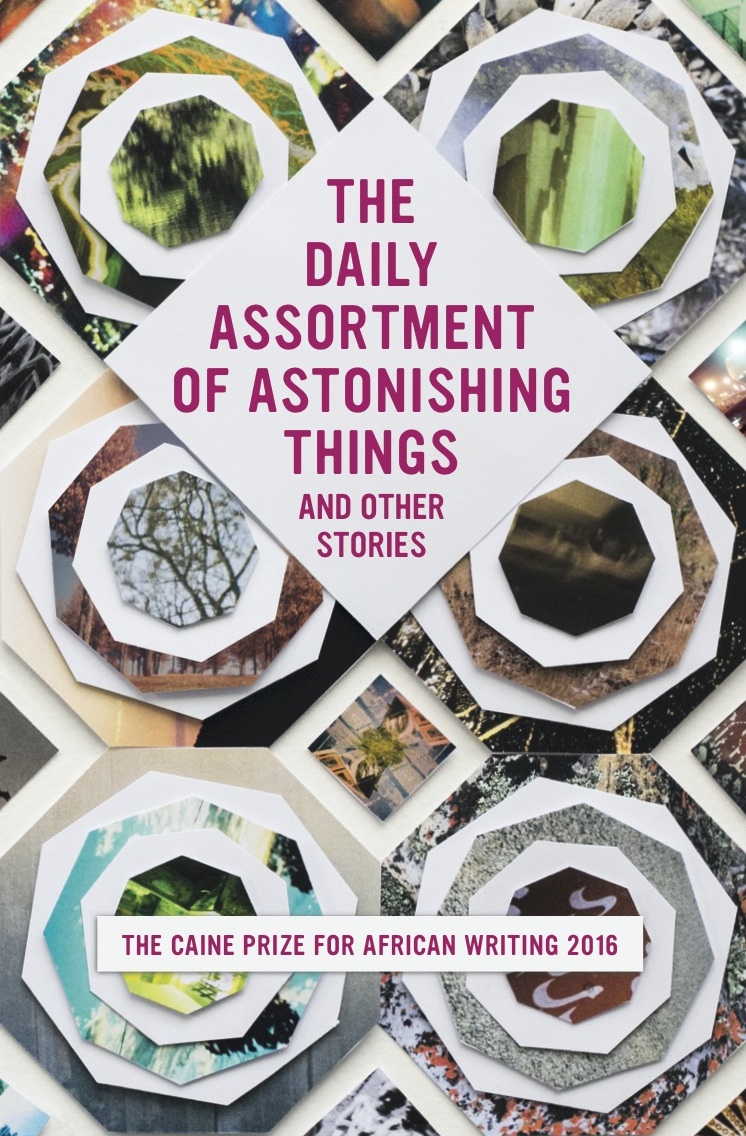
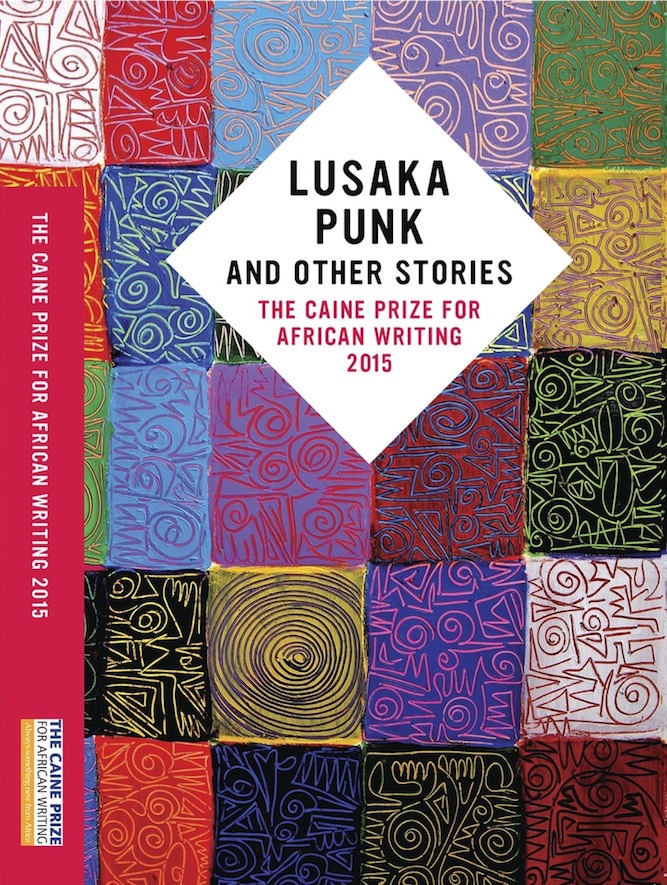
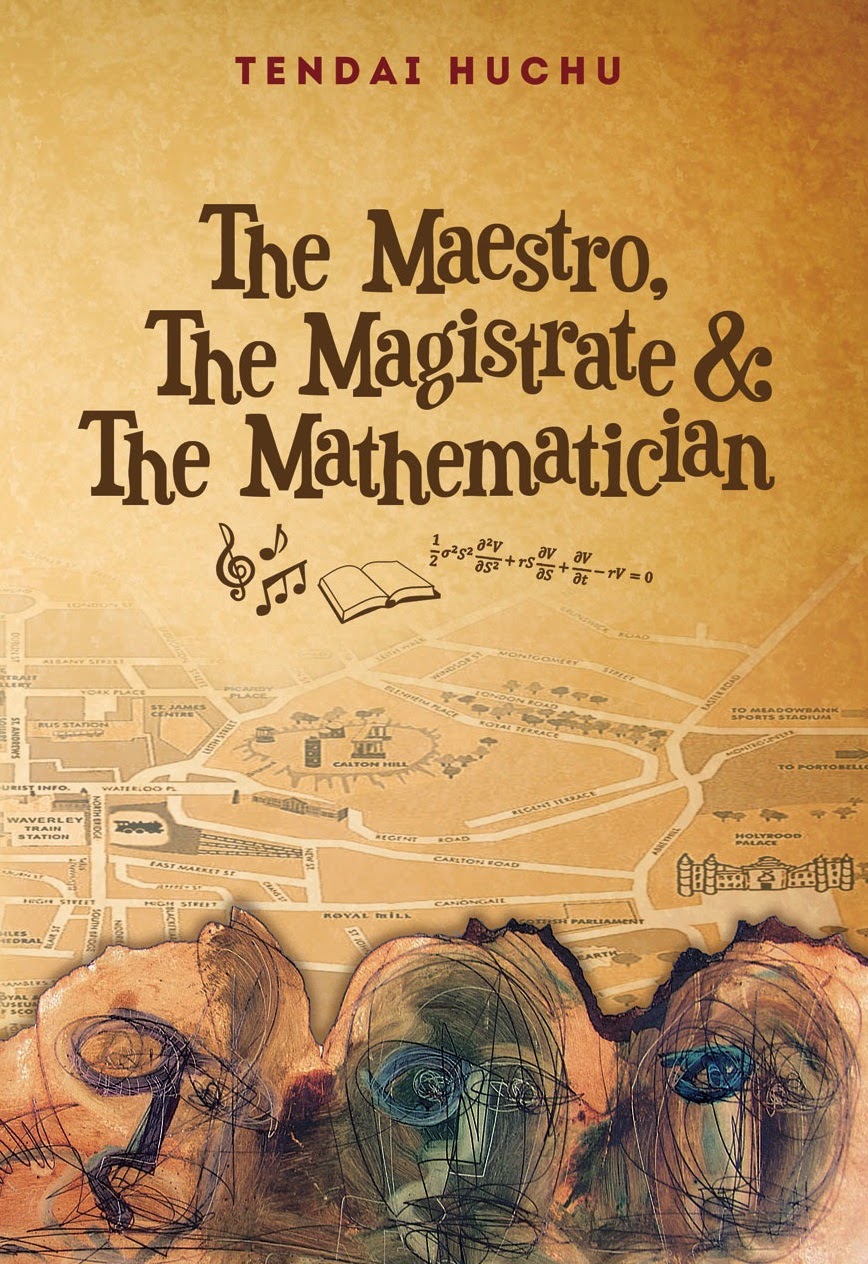
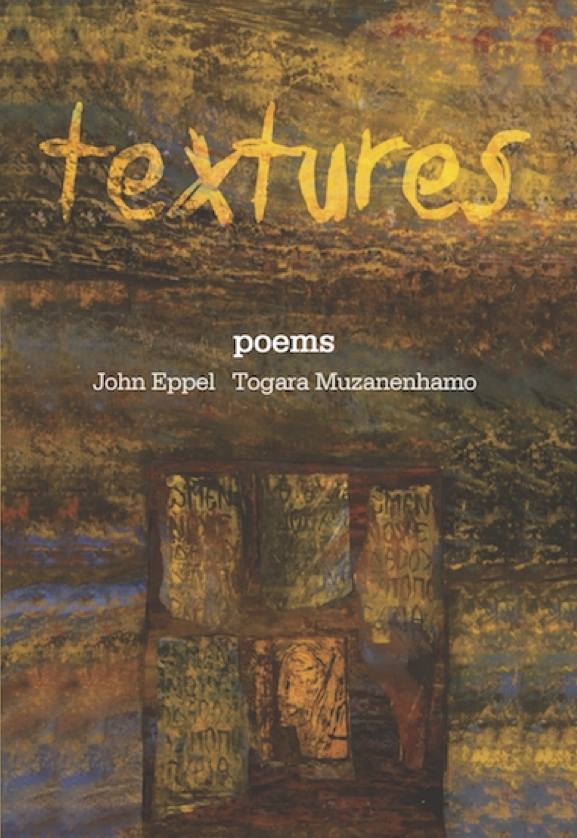
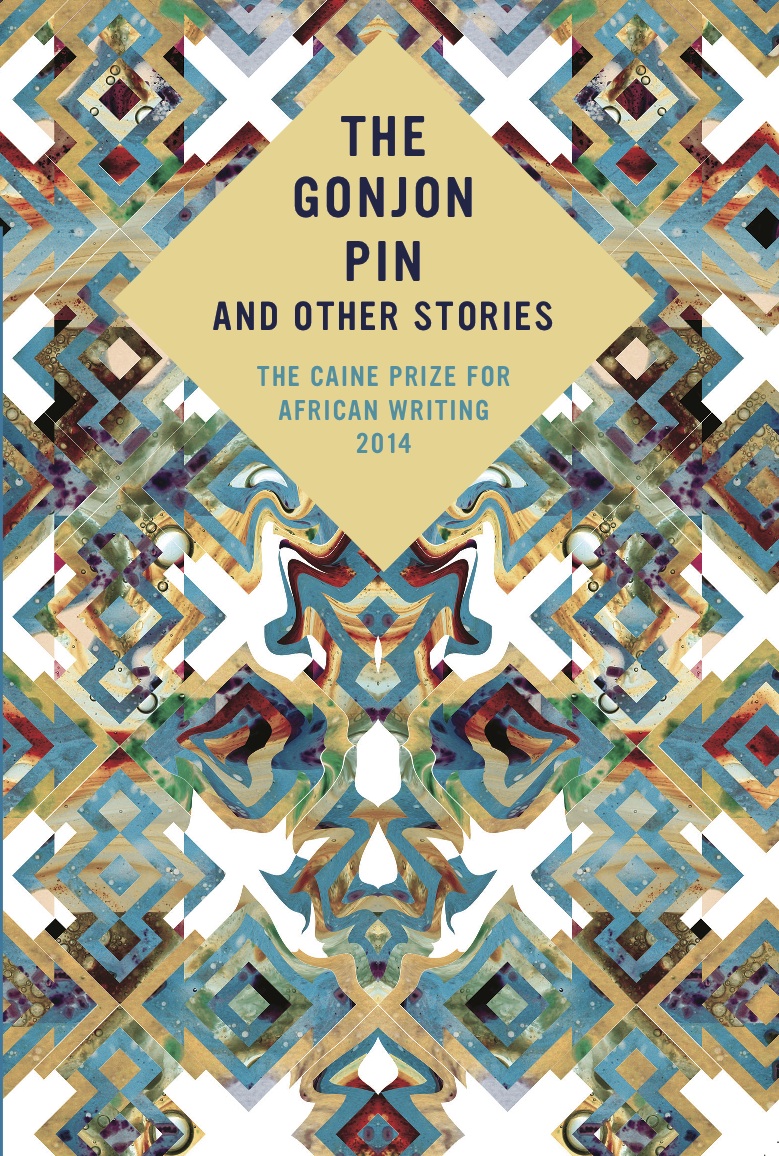
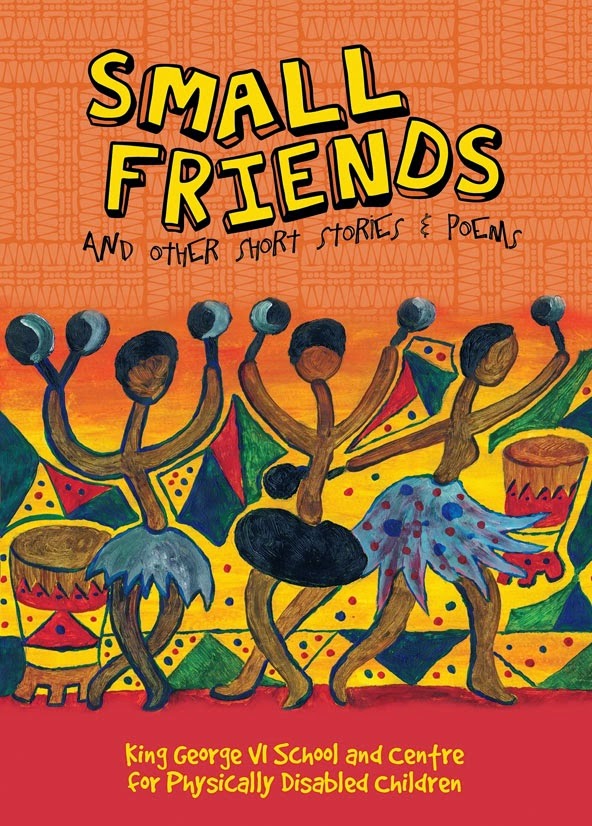
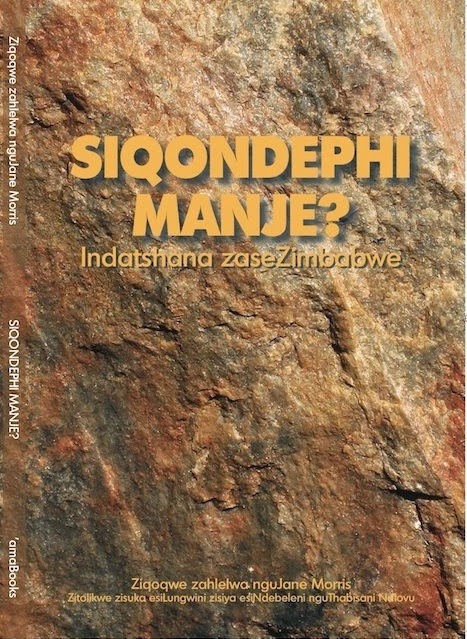
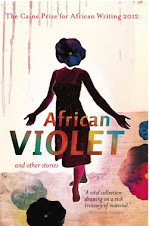
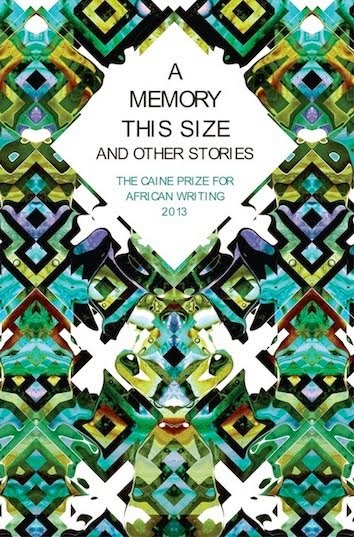
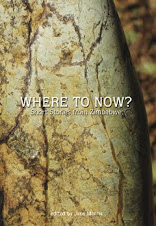

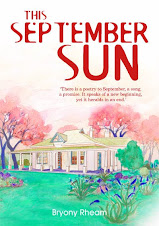.jpg)

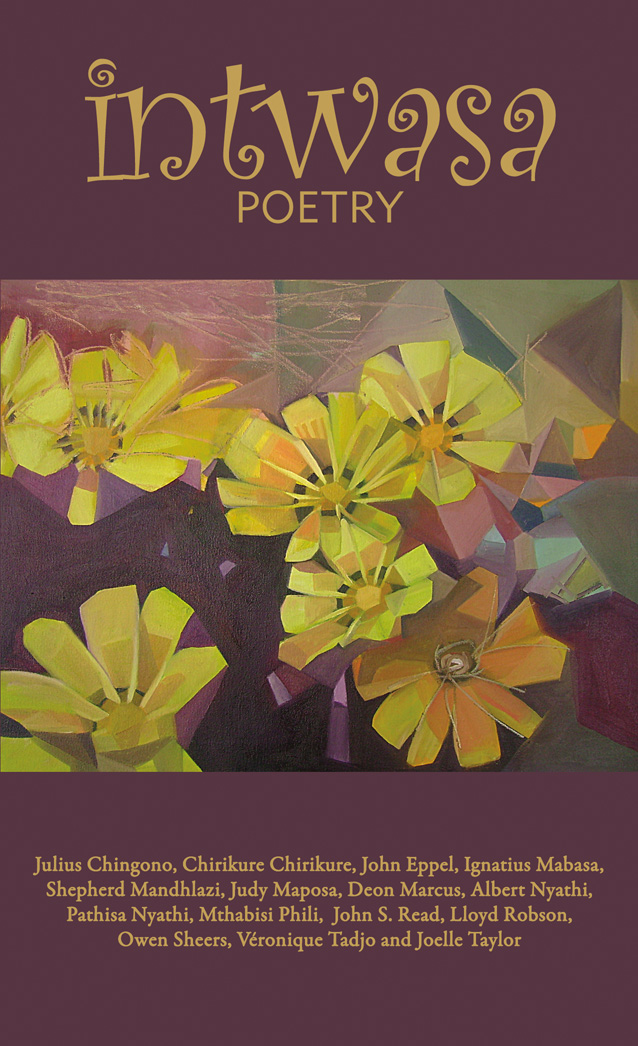

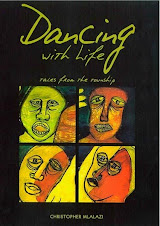
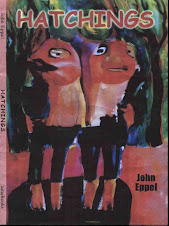
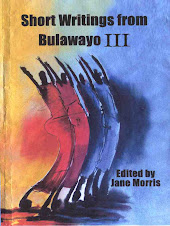


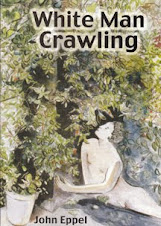
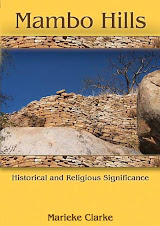
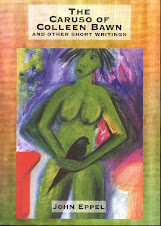
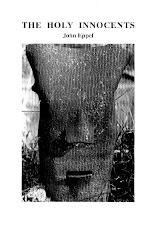

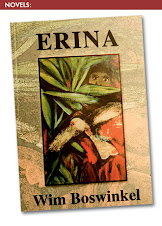




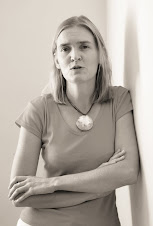.jpg)

